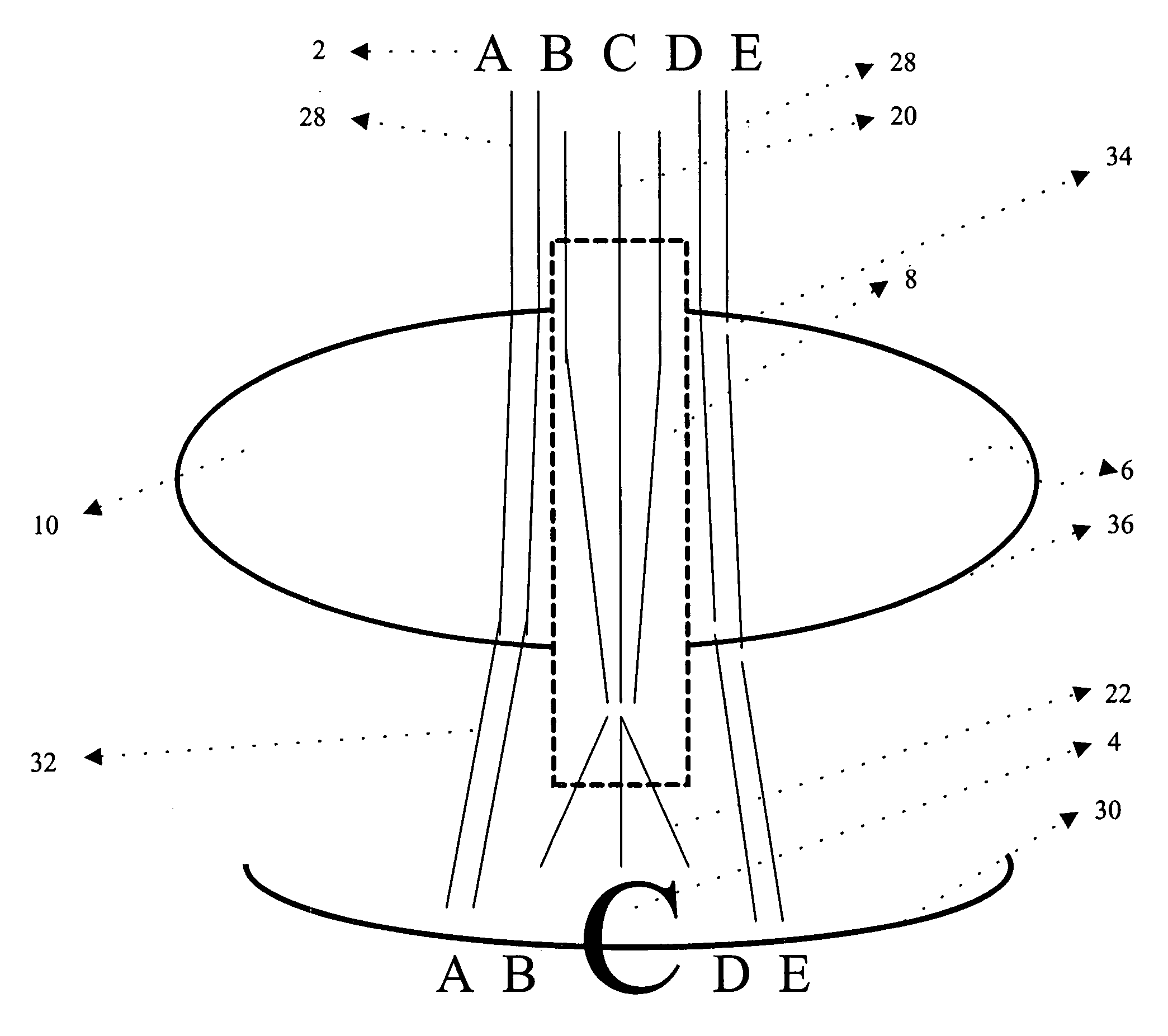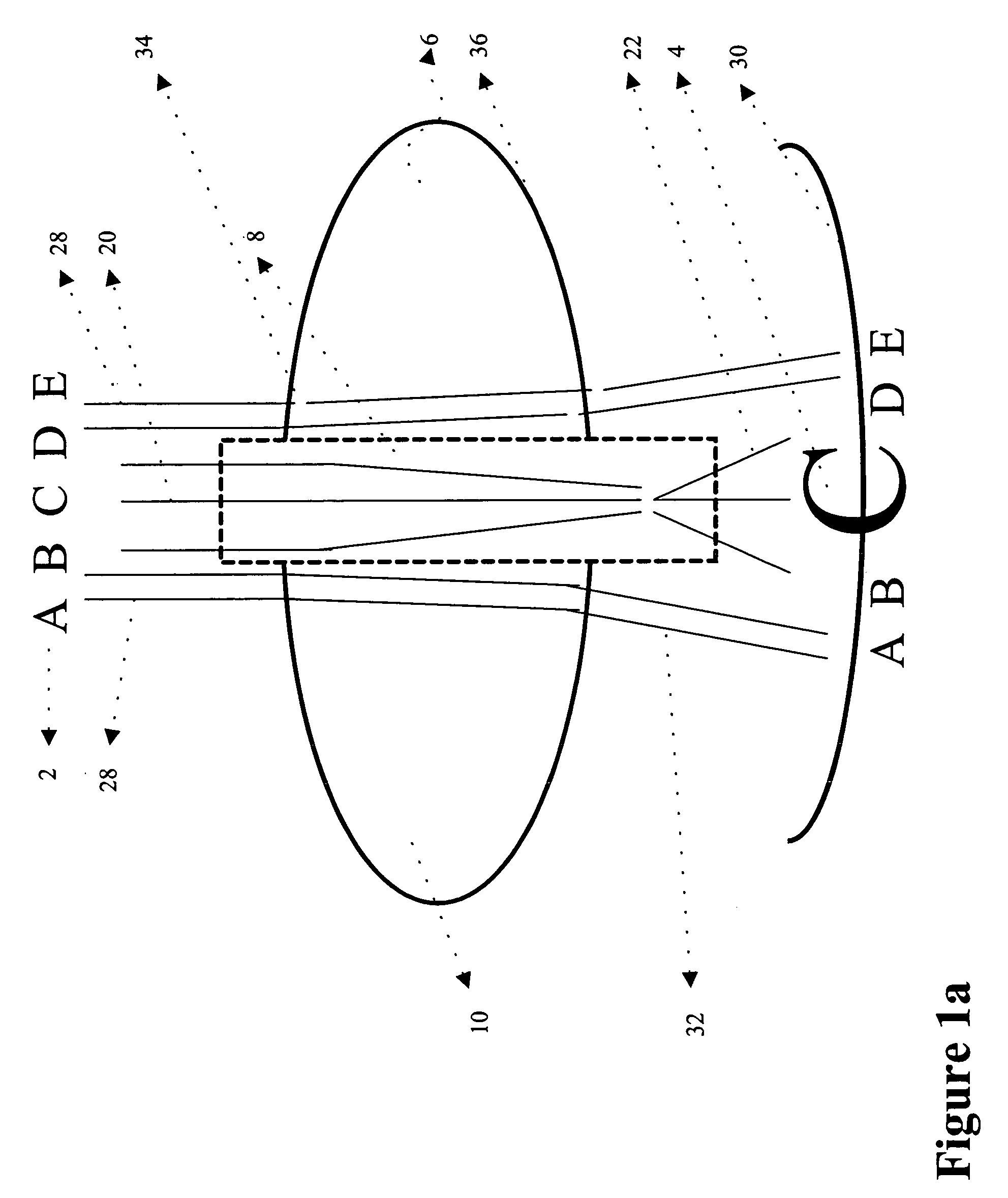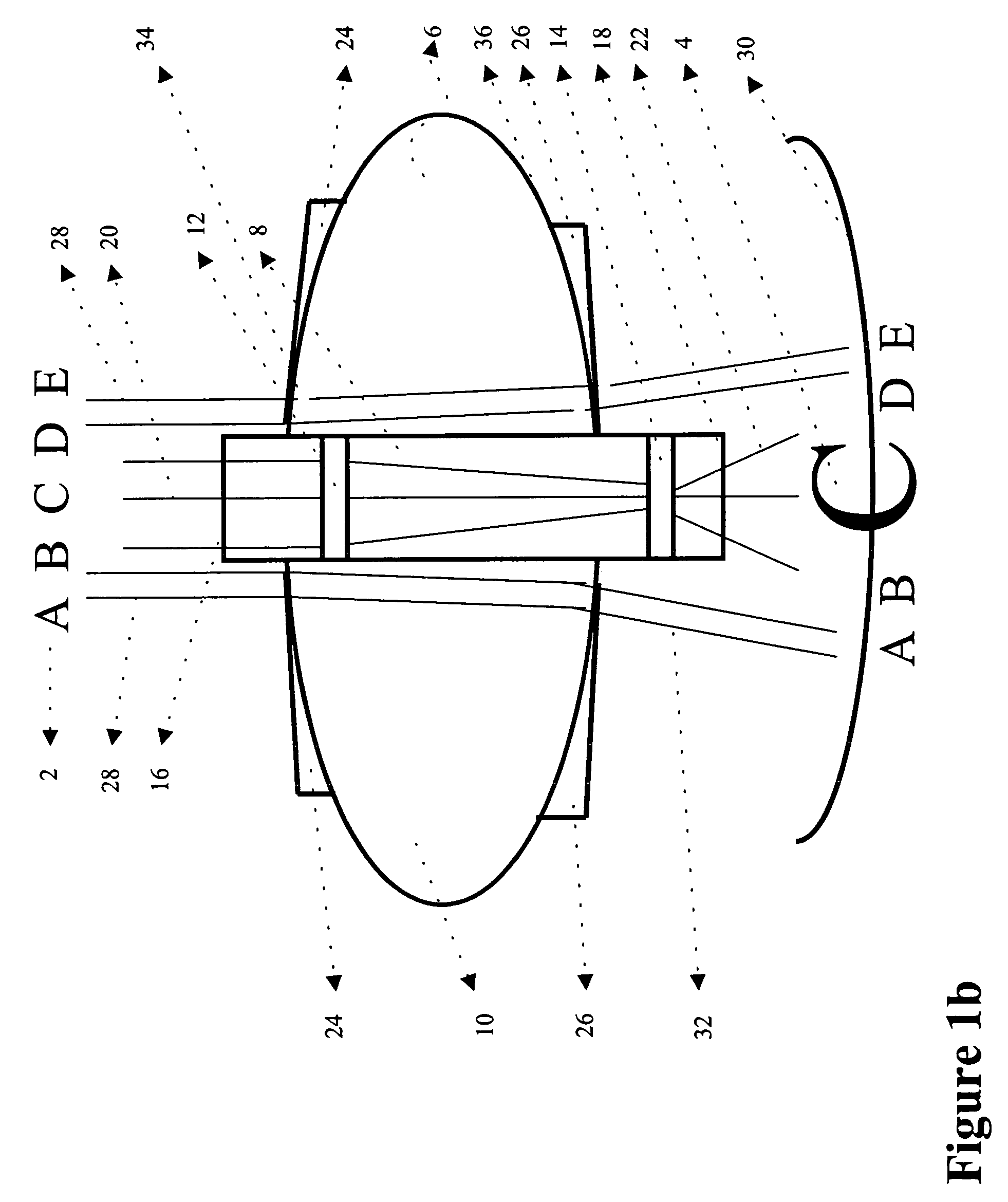Intraocular implant for retinal diseases
a technology for retinal diseases and intraocular implants, applied in the field of intraocular implants, can solve the problems of eye damage, loss of central vision, and inability to read, write, drive, work on a computer,
- Summary
- Abstract
- Description
- Claims
- Application Information
AI Technical Summary
Benefits of technology
Problems solved by technology
Method used
Image
Examples
Embodiment Construction
[0079]The present invention is an intraocular implant construction and method of production thereof.
[0080]The principles and operation of an intraocular implant according to the present invention may be better understood with reference to the drawings and the accompanying description.
[0081]By way of introduction, the various embodiments of an intraocular implant according to the present invention are for use in the treatment of regular cataracts, and of disorders of central vision, as well as of disorders of peripheral vision. Additionally, the implant of the present invention is for use in treating AMD and other macular diseases, for example, but not limited to Retinitis Pigmentosa, Glaucoma and diseases causing impaired central or peripheral vision, such as Diabetic Retinopathy, Toxoplasmosis, non age-related Macular Degeneration and Solar Retinities.
[0082]FIG. 1a is a sectional view of an intraocular lens implant 6 that is constructed and operable in accordance with a preferred e...
PUM
 Login to View More
Login to View More Abstract
Description
Claims
Application Information
 Login to View More
Login to View More - R&D
- Intellectual Property
- Life Sciences
- Materials
- Tech Scout
- Unparalleled Data Quality
- Higher Quality Content
- 60% Fewer Hallucinations
Browse by: Latest US Patents, China's latest patents, Technical Efficacy Thesaurus, Application Domain, Technology Topic, Popular Technical Reports.
© 2025 PatSnap. All rights reserved.Legal|Privacy policy|Modern Slavery Act Transparency Statement|Sitemap|About US| Contact US: help@patsnap.com



